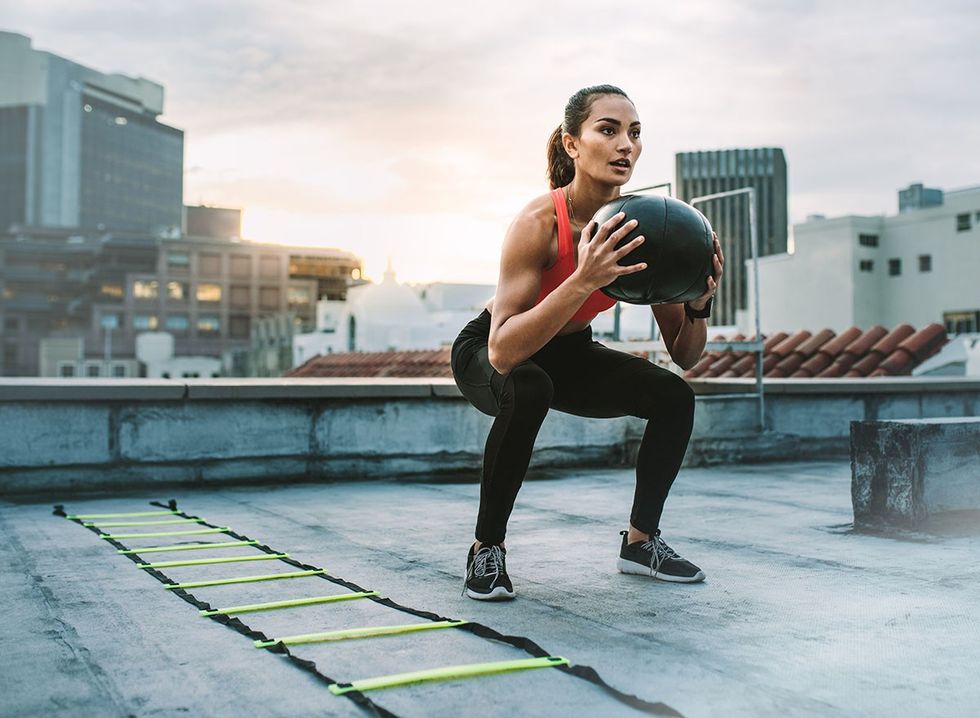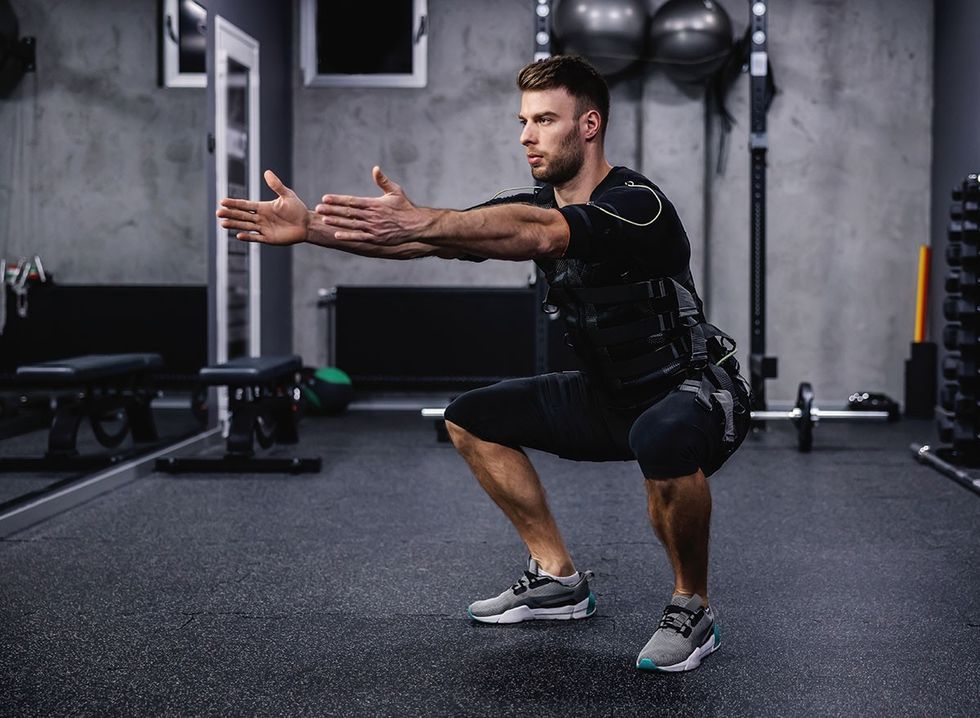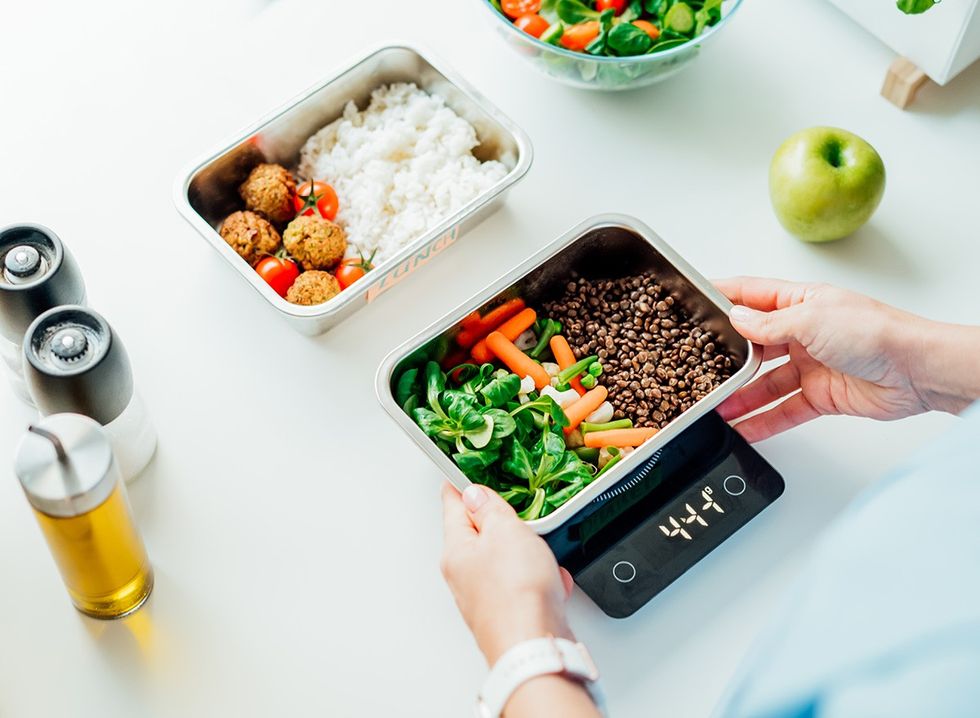When was the last time you effortlessly sat on the floor to play with kids or tend to your garden? For most of us, these simple movements have become increasingly difficult. I remember the day I realized I couldn't comfortably sit cross-legged through my daughter's entire tea party – that was my wake-up call. But according to Dr. Kelly Starrett, a distinguished Physical Therapist and three-time New York Times bestselling author, this loss of natural mobility isn't permanent. As the founder of The Ready State, he developed the 10-Minute Squat Test—a simple assessment that not only predicts longevity but could help you move like your younger self again. Ready to discover if your body still has its youthful potential? Take 10 minutes and try this test with me.
What is the 10-Minute Squat Test?
"When we originally put this out, we did it because we were beginning to establish what everyone should be able to do," Dr. Starrett explains in his video. The test is remarkably simple: can you maintain a comfortable, deep squat position for 10 minutes? No equipment needed – just you and gravity working together to assess and improve your mobility.
Why This Position Matters
According to Dr. Starrett, this isn't just about exercise – it's about reclaiming our natural human capacity. "Over two and a half million years of evolution, how did we evolve in order to maintain function, maintain position, maintain shape?" he asks. The answer lies in our ancestral movement patterns, where ground-sitting positions were a regular part of daily life.
RELATED: 30 Best Protein Foods That Melt Fat Almost InstantlyThe Science of Squatting and Longevity
"The research is very strong," Dr. Starrett notes, "that your ability to get up and down off the ground without using your hands is an excellent predictor of your mortality and morbidity." This simple test doesn't just measure flexibility – it assesses your overall movement health and potential longevity.
Your Personal Starting Point
"Don't obsess about what my feet are doing," advises Dr. Starrett. Whether your stance is wide or narrow, the key is finding a position that works for your body. "We don't believe that there's a single squat position for you," he emphasizes, encouraging practitioners to explore what feels natural for their structure.
The Hidden Connection to Back Health
Here's a surprising fact: The World Health Organization reports that low back pain is the leading cause of disability worldwide. "Your femurs are attached to your pelvis, which is strangely attached to your low back," Dr. Starrett points out, highlighting how hip mobility directly impacts back health.
Making It Work for You
Not ready for 10 minutes? That's perfectly normal. "Maybe for you it's nine minutes, maybe for her it's 12 minutes," says Dr. Starrett. The goal isn't perfection – it's progress. You can hold onto a wall or use supports while building your capacity.
RELATED: 10-Min Walking Workout Burns Fat at Home, Says CoachModifications for Every Body
If you have specific conditions like a herniated disc, modifications are available. "If you're flexion intolerant, you may need to do something that looks like this," Dr. Starrett demonstrates, showing how to maintain the benefits while respecting your body's current limitations.
Modern Life and Movement
"We're seeing a really big disruption between environment and organism," Dr. Starrett observes. Our modern lifestyle of prolonged sitting and screen time has disconnected us from natural movement patterns. The good news? These patterns can be restored through consistent practice.
RELATED: Here's How Long Your Incline Walking Workout Should Be To Shrink Belly FatGetting Started Today
Begin with whatever time feels manageable in a supported squat position. "Start building towards that 10 minutes, start to see the magic and capacity of your body," encourages Dr. Starrett. Focus on relaxed breathing and maintaining heels on the ground. With patience and practice, you'll be amazed at how your body remembers its natural movement patterns. And if you enjoyed this article, don't miss these 3 Simple Stretches Made This Coach More Flexible in 2 Weeks.














 Shutterstock
Shutterstock Shutterstock
Shutterstock Shutterstock
Shutterstock Shutterstock
Shutterstock Shutterstock
Shutterstock Shutterstock
Shutterstock Shutterstock
Shutterstock Shutterstock
Shutterstock Shutterstock
Shutterstock Shutterstock
Shutterstock Shutterstock
Shutterstock Shutterstock
Shutterstock Shutterstock
Shutterstock
 Nikolai Puchlov
Nikolai Puchlov Nikolai Puchlov
Nikolai Puchlov Nikolai Puchlov
Nikolai Puchlov Nikolai Puchlov
Nikolai Puchlov Nikolai Puchlov
Nikolai Puchlov Nikolai Puchlov
Nikolai Puchlov Shutterstock
Shutterstock Nikolai Puchlov
Nikolai Puchlov

 Shutterstock
Shutterstock Shutterstock
Shutterstock Shuttestock
Shuttestock Shutterstock
Shutterstock Shutterstock
Shutterstock Shutterstock
Shutterstock Shutterstock
Shutterstock Shutterstock
Shutterstock
 Shutterstock
Shutterstock Shutterstock
Shutterstock Shutterstock
Shutterstock Shutterstock
Shutterstock

 I'm a Nutritionist and These 9 High-Protein Snacks Keep My Clients Full While Losing 50 Pounds
I'm a Nutritionist and These 9 High-Protein Snacks Keep My Clients Full While Losing 50 Pounds
 Shutterstock
Shutterstock 2. Processed FoodsShutterstock
2. Processed FoodsShutterstock Shutterstock
Shutterstock Shutterstock/Prostock-studio
Shutterstock/Prostock-studio Shutterstock
Shutterstock Pro TipsShutterstock
Pro TipsShutterstock Shutterstock
Shutterstock Shutterstock
Shutterstock Shutterstock
Shutterstock Shutterstock
Shutterstock Don’t Drink as Much AlcoholShutterstock
Don’t Drink as Much AlcoholShutterstock Most Women on GLP-1s Are Making a Few Common MistakesShutterstock
Most Women on GLP-1s Are Making a Few Common MistakesShutterstock Soda and Sugary DrinksShutterstock
Soda and Sugary DrinksShutterstock Shutterstock
Shutterstock Eat BreakfastShutterstock
Eat BreakfastShutterstock And Improve Insulin SensitivityShutterstock
And Improve Insulin SensitivityShutterstock Belly Flab Strip Tip: Sugar and Fat Calories Leave Its Mark on Your BodyShutterstock
Belly Flab Strip Tip: Sugar and Fat Calories Leave Its Mark on Your BodyShutterstock Shutterstock
Shutterstock The Drugs Mimic the GLP-1 Hormone Naturally Produced by the BodyShutterstock
The Drugs Mimic the GLP-1 Hormone Naturally Produced by the BodyShutterstock 3. Deep-Fried ItemsShutterstock
3. Deep-Fried ItemsShutterstock